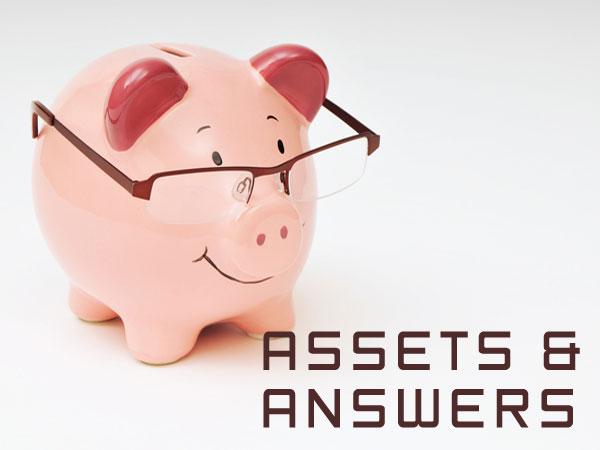How can you protect your personal finances from a security breach?
efrat cohen, executive director, global intelligence consultants
 There are more reasons than ever to protect your personal information as breaches in cybersecurity become more frequent. Hackers can gain access to all types of information, including names, social security numbers, birthdates, addresses, and in some cases, driver’s license and credit card numbers. If you have been impacted by a financial breach, you are at risk of identity theft or financial fraud. Criminals can use your personal information to open credit cards, take out loans, make purchases and even drain your bank account.
There are more reasons than ever to protect your personal information as breaches in cybersecurity become more frequent. Hackers can gain access to all types of information, including names, social security numbers, birthdates, addresses, and in some cases, driver’s license and credit card numbers. If you have been impacted by a financial breach, you are at risk of identity theft or financial fraud. Criminals can use your personal information to open credit cards, take out loans, make purchases and even drain your bank account.
Here are some ways you can protect your personal finances from a security breach:
• Check your credit report. It shows your credit history, including loan requests for credit cards, auto loans and mortgages. Make sure your report is accurate.
• Pay attention to billing cycles. Follow up with creditors if bills don’t arrive on time. An identity thief may have started to use the credit card and changed your billing address.
• Use unique, strong passwords for each account. Include a mix of letters, numbers and symbols in your password.
• Guard the mailbox from theft. Deposit bill payments at the post office or in post office collection boxes. If going on vacation, ask the post office to hold your mail until you return.
• Only use secure internet sites for e-commerce. When banking online or shopping with a credit card, most sites will note when you enter or exit a secure connection.
nancy georgen, partner, moneta group
 Instances of cybercrime are on the rise, along with new methods of attack, so you need to be proactive in safeguarding your personal financial information. The best protection is to be informed, vigilant and attentive to stop the security breach before it happens. There are several ‘dos’ and ‘don’ts’ that we recommend to our clients.
Instances of cybercrime are on the rise, along with new methods of attack, so you need to be proactive in safeguarding your personal financial information. The best protection is to be informed, vigilant and attentive to stop the security breach before it happens. There are several ‘dos’ and ‘don’ts’ that we recommend to our clients.
The ‘dos’ include five proactive ways to safeguard yourself. First, always use complex passwords that have more than eight characters and include numbers, symbols and upper/lowercase letters. You can use services like LastPass or DashLane to manage them. It is also important to verify that the websites you visit are legitimate before entering your username and password. Next, remember to securely file or shred all documents that contain personal identification information. Finally, set up purchase alert emails or text messages for all credit card transactions so you know when your accounts are being used.
The ‘don’ts’ are actions that will increase your risk of a cybersecurity breach. First, never use the same password for all of your accounts, and don’t store your passwords in your phone or email. Never keep credit card information there either. Do not store credit card contact info from the back of your card in your contacts list. Lastly, never respond to emails or texts from the ‘IRS’ because they are fake. The IRS will never contact you that way.
Proactively protect yourself to lower your risk of being personally affected by a security breach.








